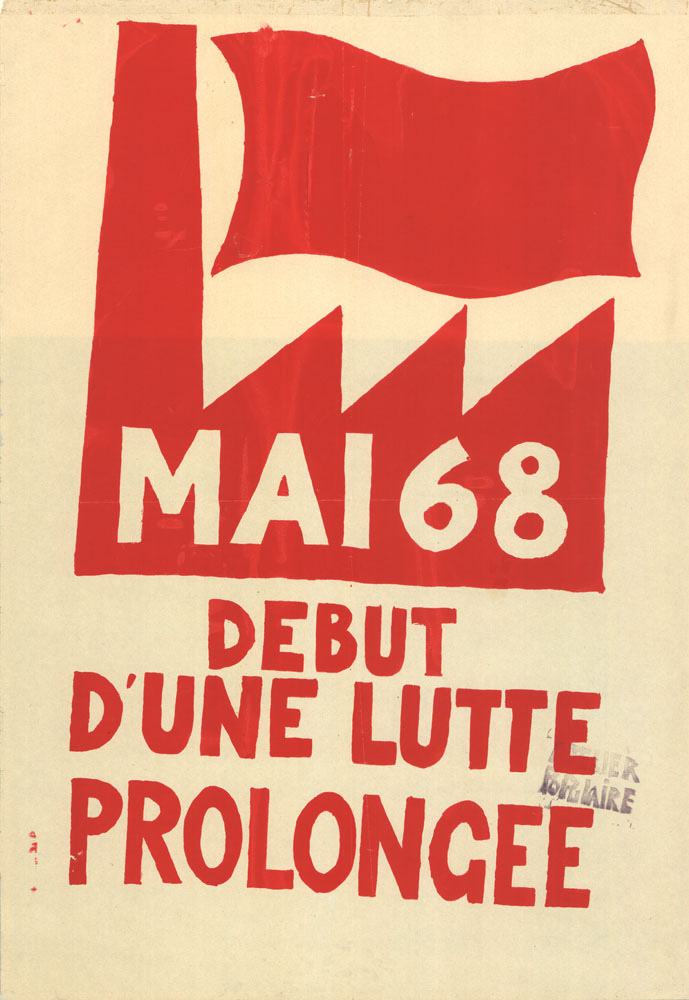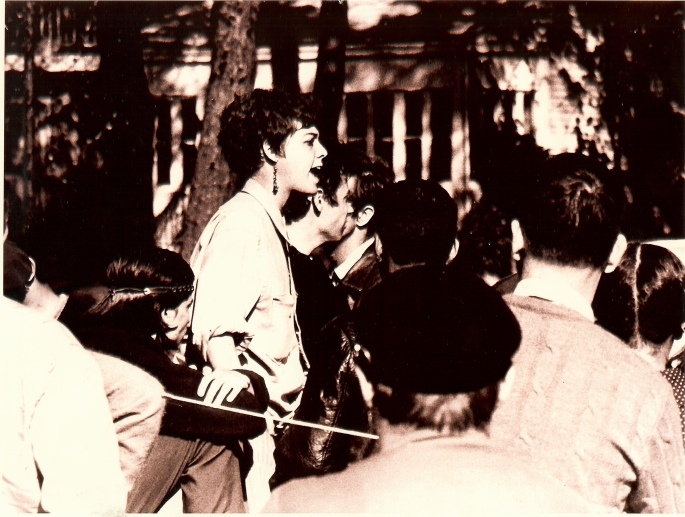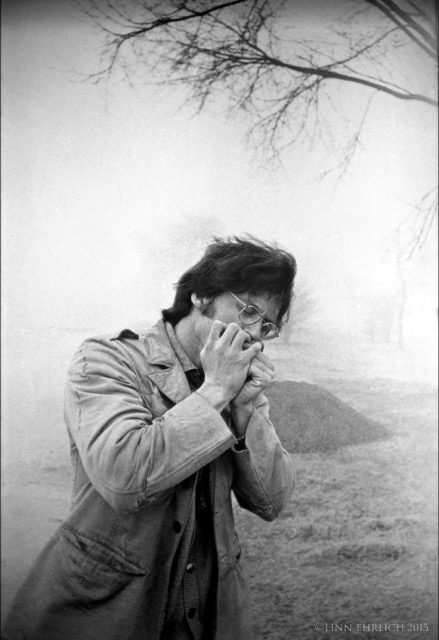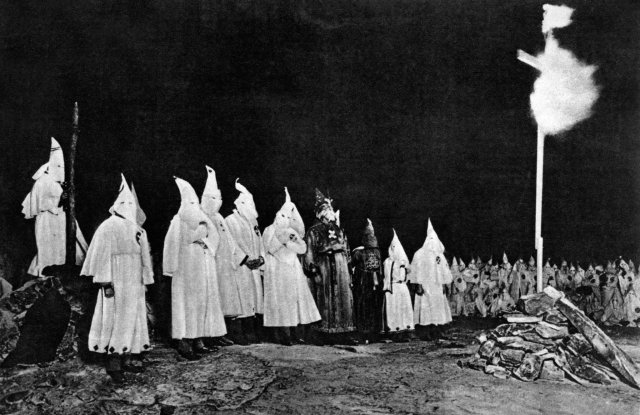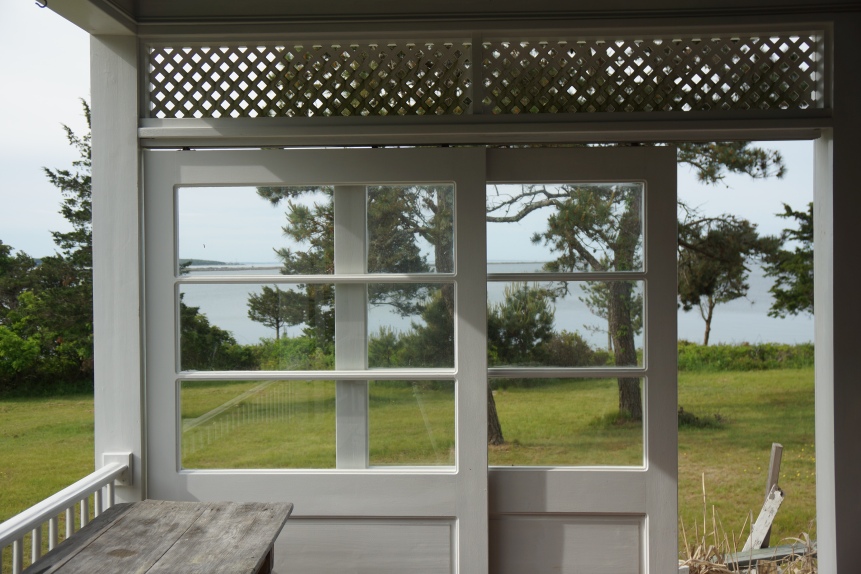
It happened as much of life does, rather by accident. My friend Jonathan Rosenbaum was in Tehran for some film conference, posting on Facebook, and I saw it and popped him a note asking he stick a foot in the door for me there. I’d for decades wanted to see Persian architecture, having once studied architecture and seeing many photos of the wonderful mosques and such in that part of the world. As it happened he’d already returned to Chicago, but the day of his arrival home he’d received a note from his hosts in Iran, inquiring who might be good to invite for a conference on digital filmmaking. Bingo. He in turn suggested me, and not inclined to wait, I wrote the party and made my case. I was invited.

This all occurred in the midst of other changes in my life. My wife Marcella and I are going separate ways, amicably – though that is a dubious word here. There is nothing “wrong” about our relationship, except that I am 75 and she is 42, and she needs and deserves things I cannot offer. A younger companion, and not to be be caught at 45 or 55 suddenly single because I have properly slipped the planet. With my encouragement and prompt to keep her eyes open for someone, and, also by accident she did: Ryan Air put us in separate seats on a flight from Berlin to Belfast and her seat mate was a nice fellow she talked to and… . One thing led to the next, all with my nod, and she’s now with a nice man of her age, things are going well for them, and it is time for me to leave go. I do so with a touch of anxiety but with love for Marcella. It is mutual. Though at 75, and a kind of blank canvas lies ahead, a little of a challenge – though my life has been like this all along. Used to it. So I jumped into this journey, clearly but the first step in a longer one.

Sorted out the visa, which I had to pick up in the Iranian Embassy in Dublin, and on the first leg got snagged by travel snafus. Out on the tarmac in a Turkish Airline plane we wheeled to take off point, waited as usual, hit the accelerator. Whoosh, pushed back in the seat and then, not normal, the plane suddenly decelerated, braked and trundled off to some other area of the tarmac. Take-off aborted said the captain a bit later, with no explanation why. We sat a few hours with no further word until he announced the reason for the non-take-off was “operational problems”. I saw no vehicles come to do some fix, and surely along with the other passengers, pondered “wassup?” About an hour later, with no explication, we taxied and took off, the air slightly weighted with unexplained nervousness. I assume a computer programming glitch or perhaps air traffic control something.
Needless to say the long delay resulted in missing the next connection and a near sleepless night during the long early a.m. layover in Istanbul. Airport slumbers not the best. The wages of the present state of jet-setting. No party.

Arriving in Iran it was straight to my hotel through a bedraggled landscape leading into Tehran from airport: empty rusting billboards looming over desiccated sands, occasional cars wheezed out, intermittently parked their last time on the roadside, a few hitchhikers looking for a lift into the urban vortex. A weirdly placed golden domed mosque, for a not long ago immam, former head of the government, like a flying saucer dumped on the far edges of town, not much around it. And then into the southern flank of the city, reminding of the desolate zones east of LA, Hockney’s Pear Blossom Highway world.

The highway choked with dinged up cars, denser and denser as one approached the city center, the driving style Italianate in ignoring the marked traffic lanes, un-Italian in the lack of honking and cursing from the windows – a sign of resignation to the daily jam-up?
Checked into hotel, and a brief hello from Amir, my host from the National Film School. Shortly abandoned, I took an instant nap to try to make up for lost in-transit sleep. Outside rain blocked any view, which in the next days would prove to be a vast “modern city” array of vertical towers, here in uniform sand color, residences and office blocks receding endlessly into the distance, reminding me a touch of Seoul with its mountainous backdrops.

The conference for which I’d come, titled International Conference on Cinema in the Digital Age, under the wing of the Iranian National School of Cinema, commenced the next morning. A grab bag of figures, “international,” populated the list of speakers – myself (on the opening page as if I were “someone”), another American, Nicholas Rombes – an academic with a handful of books to his credit including one on the Ramones, along with “Cinema in the Digital Age,” several French game and virtual reality experts, Romain Bonnin and Bruno Massi; Ira Bhaskar, a woman from India, dean of a School of Arts & Aesthetics in Delhi; and Monica Manganelli, a woman from Italy – an art director whose credits include Cloud Atlas, and finally a Iranian American academic, Mehdi Semati, from Illinois rounded out the foreigner list. The balance of the participants were Iranians, both academics and film makers, producers and technicians from the media world.
As usual for such affairs the opening words were formalities, thanks and welcome and a string of speakers saying so. And then, in a rather crammed fashion, a few talks were given, simultaneously translated into English for those in need, and shortly it was my turn. I’d had a slight glimpse at what the other speakers were going to say, and tried to direct my talk towards the kind of aesthetics which Leighton Pierce and Scott Barley, myself and a few others took with digital tools. Curiously the fellow who’d written the book on digital cinema had never heard of these, or, I suspect, of me. (See my talk at the bottom).
I opened with a kind of apology for America’s dubious politics relative to Iran – since forever it seems, from 1952 overthrowing an elected socialist govt and installing “our Shah” and on to the current newly imposed sanctions and Trump’s abandonment of the nuclear treaty. I made clear I have not supported the US government in any of this and noted many other Americans share my view. This begot the loudest applause I heard during the conference.
 Mirrored mosque interior located beside the Tehran bazaar
Mirrored mosque interior located beside the Tehran bazaar
During my talk I screened a handful of clips from my own work, little pieces which showed some of the variety of things possible in digital which are not “film-like”. One of these clips was a split- screen bit from 6 Easy Pieces, with a woman on the right shooting with a high-tech rifle, an Olympic competitive sport thing; and on the left a Portuguese dancer and performance artist, Vera Mantero, doing a piece in a body stocking, slightly see-through, but obscured by multiple out-of-phase layers. On the next clip, a painterly abstract thing of water the projection stopped, and I went to computer desk to see what had gone wrong. The clip was running on the computer, so it wasn’t that and I figured some projector problem. As a technician came up to me to check or something, he inquired if there were any nudity coming in next clips. Ah, I got it. I answered nope, no more neked girls, and learned a bit about current Iranian social realities.

 Roof of bath complex in Kashan
Roof of bath complex in Kashan
I attended some of the talks, but being academic or about things I am not much interested in, I skipped out on a good bit of it – perhaps bad form, but I don’t feel obliged out of courtesy to pretend I am interested when I am not. Instead I asked to be taken to some museums and to see the city a bit.
 Tina, on the right
Tina, on the right
My stay in Tehran was accompanied by a young woman of 21, Tina, whose English was virtually flawless. She was studying film and volunteering for the conference, and had read up on me. She said she was anxious about meeting me, that I’d be, oh…, some kind of demanding prima donna sort, and she’d practiced her introductory talk for meeting me. I think that got dispelled in a matter of minutes and we hit it off very nicely. She asked if I found her accent in English off, and I said she didn’t seem to have one, and except for the occasional word with maybe a misplaced accent I would figure she was American from the mid-west. She was very surprised at that and I asked how she learned the language and was her teacher an American native speaker. She said she never studied and learned it all from watching movies since she was 14 ! Mostly American movies. I was amazed to hear this. We had some nice long talks, about personal things, which gave me a nice insight into Iranian culture. Tina had some visible tats, and was by the standards there, rather the rebel. A kindred spirit.


One of the museums Tina took me to was the calligraphy museum. I had long been interested and curious about Arabic and Persian calligraphy as I had noted the varying styles and qualities, but knew nothing about it at all except that I found it beautiful. So being curious I asked the person who was there about it – and found that, no, my assumption that the long lines in some did not tell you how to pronounce it or change the meaning, as, for example, in some Asian languages a dot, or squiggle will change the intonation and meaning. I learned that it is read right to left, and that all the stylistic changes – in my Western sense of it, varying fonts – had to do with a kind of artistic boredom. Islam prohibiting “graven images” artists were confined to writing texts of the Koran or prayers, or, for other work, concocting beautiful geometries and somewhat organic patterns. With the texts, different regions would come up with differing modes of writing, and then the local governmental heads would act as curators and request that the text be written in this or that mode. I suspect there is more to it than I was told, and imagine that as the society became more decadent, the calligraphy fell further and further into abstraction, with the Islamic text becoming more or less unreadable. In some other life-time perhaps I will research this and write a thesis!

Towards the end of the conference, when I had skipped out, apparently all the guests were asked (if they would like) to go to the Holy War Museum, and a few balked, and being absent I had dodged it by absentia. However Tina was there and at some juncture asked whoever was prodding the visitors to go just why he had to inject (Islamist) ideology into everything. This begot an apparently heated discussion in which Tina accused the man of being a fascist, and she was summarily fired. I talked to her after this, and got the story and said I’d try to talk to whomever, but she demurred, though later, without my intervention, she was reinstated. More lessons on the culture.

 Rabeahe, Hori, Uday and Ira
Rabeahe, Hori, Uday and Ira
Wrapping up in Tehran, of which I saw little owing to rain each day, and the conference taking most the time, I and the Indian couple were taken first to Kashan for a short tourist stop at a famed garden, and then an old bath complex, and then on to Isfahan. This part of the trip was accompanied by another young woman, Rebeahe, whose English was not as good as Tina’s, but quite workable. She though had relatives who lived in Isfahan, and so knew the city well. This proved a nice virtue.

Put up in a rather luxurious once-upon-a-time palatial residence, gutted and converted into some kind of non-hotel, there were a few days to explore the city. And what a gorgeous city at its center it was, well justifying its reputation. And as well the famed “friendliness” of its citizens was similarly warranted, as we were stopped on the street for photos, for small and not so small talks. It was wonderful. As was the architecture, which had cast its spell on me 50 years ago.



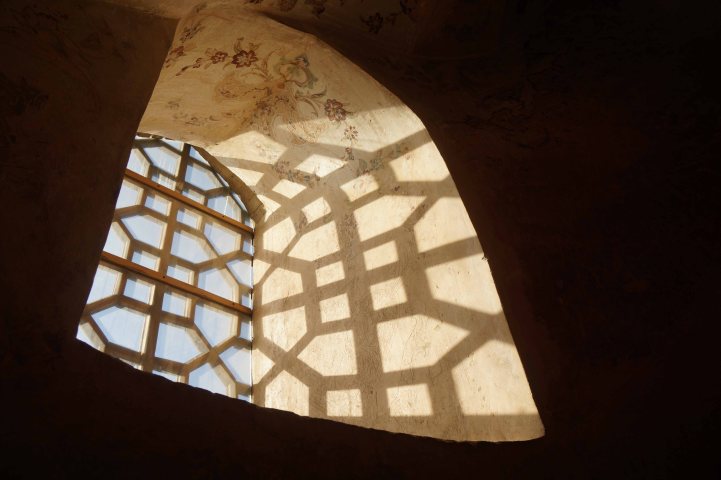

With Rebeahe I was taken to the old part of the city, with its many stunning bridges (though these days they are not over troubled water, but no water), and a huge central plaza in which one could stick five Piazza Navona’s! It was flanked with an endless bazaar and several huge and stunning mosques.


From one of these mosques, in process of being restored, I was drawn by wonderful singing which echoed off the domed ceiling. Entering I saw a young man standing in the center of the dome, his voice beautiful, and enchanting. He finished and a small cluster of people applauded, though shortly afterwards an official-looking man approached and seemed to berate him, and from that ensued a 20 minute or more argument. I later asked what the story was and was told that one of the songs was from the Persian poet Hafez, and the other was from the Koran. Apparently the official had found the secular song offensive, despite the reality that at least for now the place was not being used as a mosque with the religious aspects involved. More cultural lessons.
 The young man who sang Hafez
The young man who sang Hafez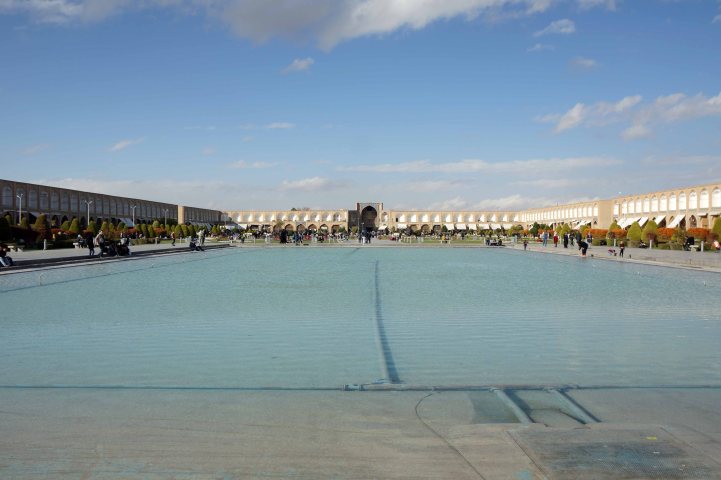 Reflecting pool in Meidan Emam, a UNESCO World Heritage site.
Reflecting pool in Meidan Emam, a UNESCO World Heritage site.


Ubiquitous, these images everywhere.
Under the press of the United States sanctions, the Iranian rial is in terms of international currencies, extremely weak. Which, for an American with a few dollars, makes it very cheap. I went to a pharmacy to get an over-the-counter antibiotic for an infection in my eye and for a tube that would have been $7 or so in the USA, the price was…… ten cents. While not so exaggerated as that, food and most things in Iran, were, using the exchange rate (which changed hourly) absurdly cheap. Nice for a tourist; not so wonderful for Iranians.








 One of the 500 year old bridges, a kind of minimalist Persian architecture.
One of the 500 year old bridges, a kind of minimalist Persian architecture.
My time in Iran only whetted my appetite, and on leaving I offered up the thought of returning to teach at the National Film School, or to do some workshops. Back in Belfast I reiterated that in an email, and the response was positive. Hoping it will all work out and I can return in the late winter/spring of 2019, and stay for some months.
Talk given at conference, Tehran.
Hello and thank you for the invitation to be here. I know it is a time of heightened tension thanks to the belligerent but utterly customary behavior of the government of my country – the usual American practice of economic blackmail backed up with military threats. I do not and haven’t supported the American government for more or less my whole life. I hope you will accept my regrets for my society’s deep illnesses which tend to be inflicted on others – including you, ever since the early 1950’s (and actually before then). I don’t ask you to forgive, but understand there are many in America who do not approve the government and its policies at all. I am one of those.
And so to place my talk in perspective I’d like to offer a bit of biographical information so you can understand the context.
I have been a filmmaker since 1963 – 55 years. I’m self-taught, and have always worked far from the “industry” – I make films that make no money, either in the process of making them or afterwards. What I do covers a broad range which gets described variously as “new narrative” “avant garde” “experimental” “documentary essay” “indie” and many other such labels.
To me they are just “films” or “videos” – the way I happen to make them. Here and there I’ve been told what I do is worthwhile in some form or another – I regularly am invited to festivals, have received grants and honorary awards. In 1991 I had a full retrospective at MoMA in NYC, with 12 celluloid films; other institutions in America and Europe replicated this as well. After those I made a few more celluloid films – 35mm Panavision – but then in 1996, rather by accident, I got a DV camera and instantly decided I would never work in celluloid film again. And I haven’t. Since then I’ve made 25 long form films and many many shorts, and a few installations, all in digital video.
My reasons for shifting were mixed. It meant I could almost completely leave the film world behind – never have to talk to anyone about money, or have the pressure to make my work fit a formula that would make money once done. This was all because DV once one had access to a camera and computer was almost cost-free. And thus very liberating. The other major reason was because, even in the early phases, when critics described digital films as “gritty” or “ugly” and other such negative things, I found the beauty and aesthetic potential of digital media to be entirely enticing, and in my very first digital films I aggressively used the media for what it could do. At the same time the digital world was swamped with efforts to make it “film-like” with software and technical adaptations attempting to make DV and HD “look like film.”
Personally I was tired to death of the limitations which film imposed, which I think was very visible in my last celluloid works. I was though very excited and happy with the elasticity which digital media offered – in the camera, and on the editing time-line. The two aspects together opened a broad new field of aesthetic possibilities simply not possible in film. I jumped on it like a child. Few others shared this view – most sought that holy “film-look”. To me that was a fool’s errand – as if to make water colors look like oil paintings, as if the characteristics of each media was not itself of interest.
Technological changes – not only in media, but in any realm – always incur changes in society, and in how society expresses itself. To take an example in Europe: much of early visual two dimensional imagery was done either in frescoes, or if desiring something more permanent, mosaics. Mosaics, by their nature are somewhat rigid, we might even say a bit digital. The imagery derived from them tends to express the reality of what it is made of – little bits of colored stone or ceramics. Fresco is a bit clumsy, but still more fluid than mosaic, and this technological difference expresses itself with another mode of imagery. And then, as oil painting was developed, imagery shifted still more, giving birth to the Baroque era, and flamboyantly curved and shaded imagery which simply was not possible in mosaics. Later painting exploited this fluid nature such that the medium itself became the “content” of the painting.



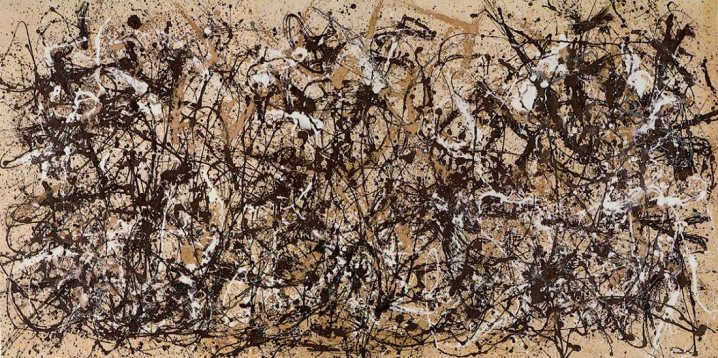

I cite these examples from one of the arts, to point to the technological shift which digital image making brought to “cinema.”
While celluloid cinema offers a very broad range of possible aesthetics which we can see in normal commercial/theatrical productions from Hollywood to Bollywood, and then in so-called “art house” films and on through experimental filmmaking, it remains bound to the limits of celluloid. Digital introduces other elements, rooted in technological aspects of the medium. So I’d like to go through these, and make the connections of those basic elements to what they have provoked in the media.
Economics. The first, and perhaps most drastic shift which digital technology has brought – as it has to many other realms – is a very radical change in the economics of making a film/video. These days an iPhone or Samsung will secure you imagery and sound that not long ago would have cost a fair amount of money. Just for the price of a phone and a simple cheap computer for editing. As well most any digital still camera or consumer level video camera will produce excellent imagery and sound for the cost of what, say, a 10 minute roll of 35mm film and processing would have cost 15 years ago. In sum, digital media has driven the costs so low that it is almost negligible. This in turn has impacted what is made. Now frankly most of what is made is of little aesthetic value, and literal mountains of shots, films, long and short, have been made which are only of interest from a sociological standpoint. One could write a long essay discussing why so many people spend their time making such vast amounts of pure garbage – survey YouTube and Vimeo, or just your Facebook feed to see what I am talking about. It is a plague of mental trash which unfortunately has real world consequences: it covers up and hides the occasional gems which are also made. The beautiful and wonderful things which are possible are buried in the volumes of junk.
So from this basic factor – the minimal costs of digital work – the production of material has exploded beyond real comprehension, for better and worse. Mountains of garbage, and then the infrequent magical work that otherwise might not have been made at all had the earlier celluloid financial hurdles remained.
Inside this bracket of low costs, some aesthetic matters have shifted.
One is that as shooting has minimal fiscal costs, new cinematic “movements” have emerged. In the USA one early one was so-called “mumble-core” which by and large involves rather conventional cinematic language and forms, and content, but in which improvisation plays a large part since it costs nothing to shoot and shoot and shoot. For me these films are mostly unwatchable. In Europe something similar occurred with the Dogme movement triggered by Lars von Trier and friends – again the works involved much improvisation and bare-bones technique, and though willfully a bit more provocative in intent, and more skillfully done, they still were basically conventional-theatrical works in filmic terms. Aside from the costs being shrunk to virtually nothing, the balance of these were traditional old-fashioned low-budget film-making, perhaps a bit looser owing to the low costs and the inexperience of many of the filmmakers involved.
Linked to this came another movement, also built on the low-costs, but harnessed to an aesthetic that embraced a specific technological change which digital brought with it. In celluloid, as a rule of thumb, one could do shots of a maximum of ten minutes before the film runs out. Digital has no such constraint – one can do a shot of 20 minutes or if you really want, 20 hours. Or even more.
A little tale: a good friend of mine, James Benning, when working in 16mm, had made a number of films in which the 10 minute limit on shots became part of his aesthetic: a static shot would last 10 minutes, and then the next and so on. For a decade I urged James to switch to digital for cost reasons but he resisted – he had more or less good reason as DV is a bit low resolution for landscapes and wide-shots, which were dominant in his work. On the arrival of reasonably priced HD however, he shifted to it. On his switch I found myself wondering what changes this would bring in his style and approach. On seeing his first digital film, a formalist kind of documentary on the German industrial area of the Ruhr – also the title of his film – the first hour of the film had maybe 8 or so static shots of various urban landscapes and things, the lengths of the shots not being rigidly fixed. The second hour of the film consisted of one static camera shot of a steel making industrial structure, one used to make coke. The structure is a 10 story block under which industrial sized train cars loaded with red-hot coal are pulled and then tons of water are then dropped on it, producing a massive steam cloud. On a cycle of once every ten minutes. I was transfixed by this shot (others left or fell asleep), and when the film was over I was rather irritated with myself in not having guessed that one of the changes digital media would bring to his style was that he would do even longer shots than 10 minutes – much longer shots. Since that film he has made many other films using really long shots.
So this long-take capacity of digital in turn gave birth to a movement called “slow film” in which long takes are one of the aesthetics given. Alexander Sokurov’s Russian Ark might be cited as the first of such films, it being a single moving take inside the Hermitage in St Peterburg – though I would argue it isn’t really a slow film in its sense of tempo. Just as the Oscar winning Birdman, a seeming single take film, also doesn’t really fit into the “slow film” category.
Lav Diaz of the Philippines is a better example of this – he makes films 8 or more hours in length, and inside them are many extremely long shots and indeed, the sense of pacing is glacial. He calls it Malay time. It can be argued that this kind of film existed before in Bela Tarr’s work, but digital media has allowed it to flourish and develop its own strategies and qualities. Though once again, most of these are still well-encased in more or less traditional cinematic forms, and remain essentially theatrical. Like most of cinema.
What I have touched on thus far – the economic shift and its consequences, and on one of the changes technologically – shot duration – and how it has altered film styles in the hands of some makers (including a handful of Iranian filmmakers I am aware of), for myself these remain somewhat marginal matters, and are but modest alterations on traditional cinema – just variations on the historical record, nothing genuinely radical.
So I would like now to shift and discuss what can be done, cinematically, with digital technology, something which is not just a modest extension of what was, but is potentially a genuinely radical change.
As noted earlier, when relatively low cost consumer digital video cameras came out in the mid-1990’s, there seemed an urgent insistence in the filmmaking community to figure out how to make the images look more like film. Algorithms, and filters and such were devised in this attempt. In short order video cameras were produced that shot at 24 fps as if there were some sacrosanct cinematic holy grail to be found in that number. At the same time many of the early cameras had an array of settings which were purely electronic – one could shift the shutter speed to 1/3rd or 1/4 of a second, or conversely a 10,000th of a second. Or use an electronic solarizing setting, or break the image into clearly discreet digital clumps by shooting in “mosaic”. Or one could do an in-camera setting, usually called strobe, that functioned as a real-time live-shooting optical printer. There were many settings, and frankly used directly they were rather stupid, and clearly the idea of an electronics guy as camera designer and not a filmmaker. But they were there, and in fact, in the hands of a curious artist, beautiful things could be done with them, and by a handful of people they were. I was one of those people. Unfortunately in my view, 10 years later, in the name of “professionalization” those choices no longer exist, and one must fight with the camera to get anything but a very clean slick “professional” digital TV image. The charms of earlier DV have been stripped away in the name of a kind of conformity.
So I’d like to show a few clips of some of those early films of mine shot in older lower resolution digital video, as well of a few recent ones done in HD format.
(Clips of various DV and HDV films.)
If we can I will let Muri Romani carry on as I continue and finish:
I hope those give a hint of some of the qualities which I was speaking of. At the conclusion of this I’d like to show a few clips of works I think carry this much further.
The remaining aspect which digital media has radically altered is that of distribution and exhibition, which again, can change the nature of cinema. I have with me a hard-disk, a small portable one, and on it are files of almost my entire life’s work: 40 long films, many of my shorts, a few installation works. 20 years ago to have brought all this would have required a small truck. In the form on this disk – digital files – this work can be sent across the globe in a handful of minutes, or, as I already have it all uploaded onto my Vimeo VOD site, they can be streamed or downloaded now. Those 2 decades ago one would have had to seek out some esoteric festival or exhibitor, to have a one-time chance to see them.
To say courtesy of digital media in all its facets, works such as mine are now readily accessible rather than hidden far away. Of course the same problem still exists as does on the production side: one must compete with the tsunami of junk equally available. But at least there is a space for work to be seen. And that is a radical change from the past. And again, that does impact the possibilities of what cinema can and will be.

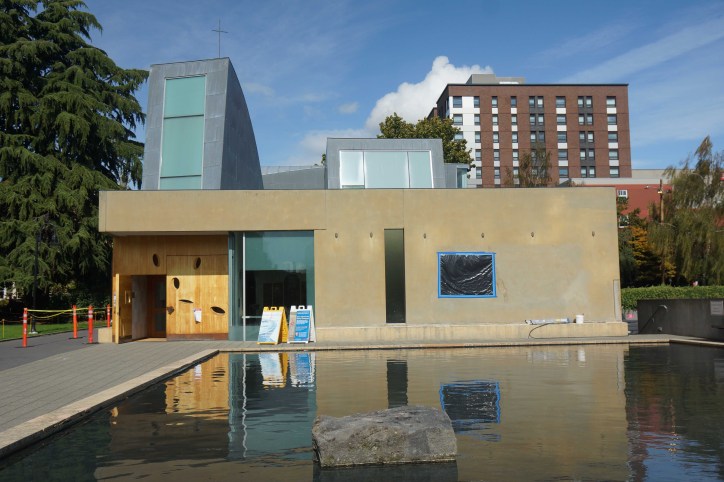 Steven Holl’s St Ignatius Chapel at Seattle University.
Steven Holl’s St Ignatius Chapel at Seattle University.

 The chapel at IIT, in which all things are reduced to open space boxes
The chapel at IIT, in which all things are reduced to open space boxes






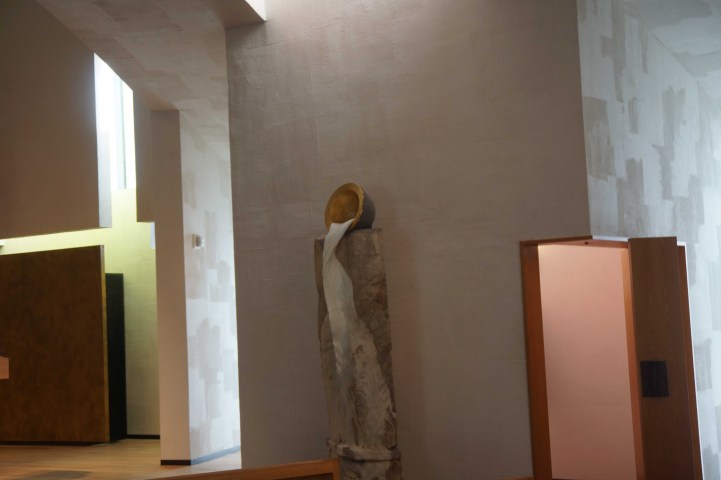





















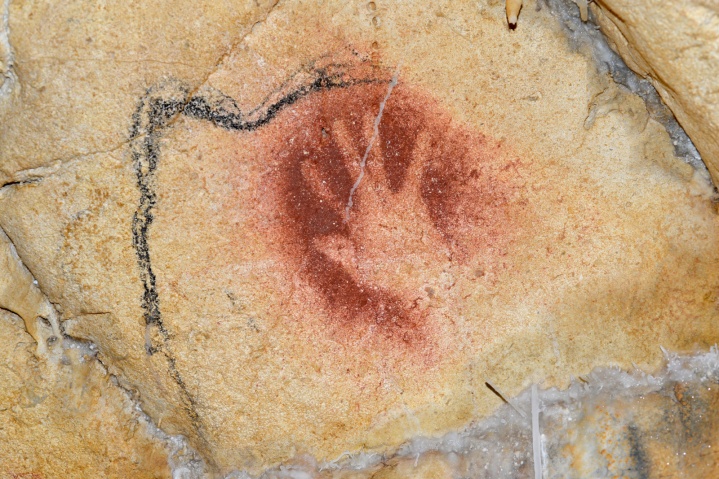













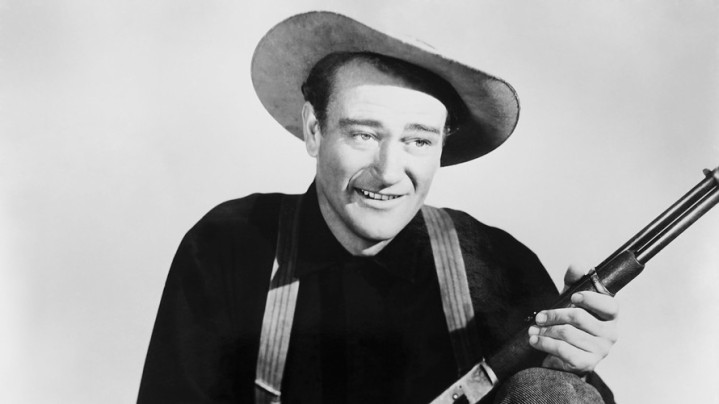


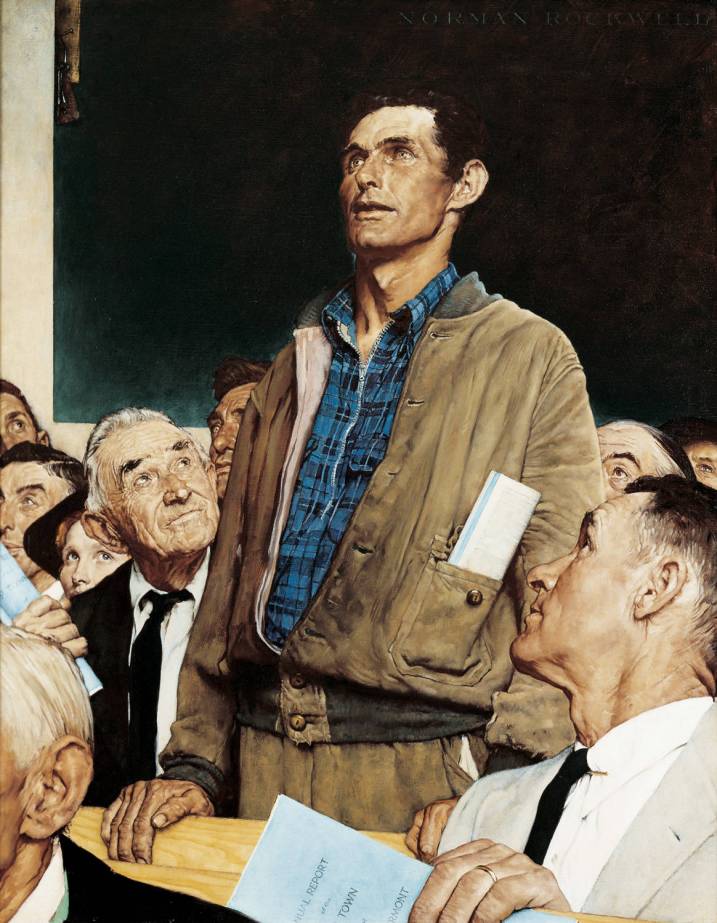






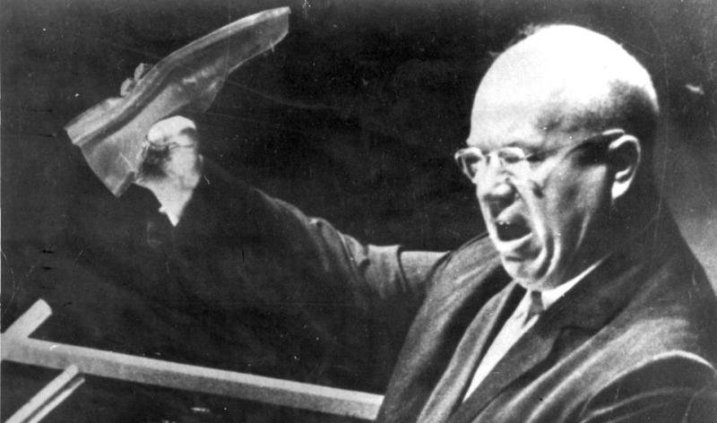


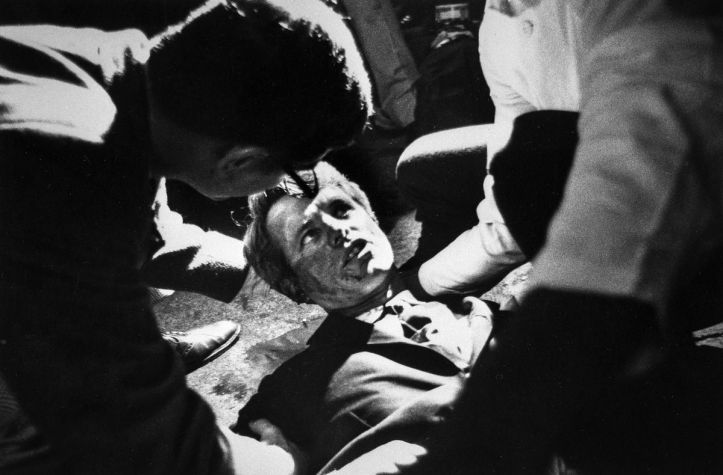
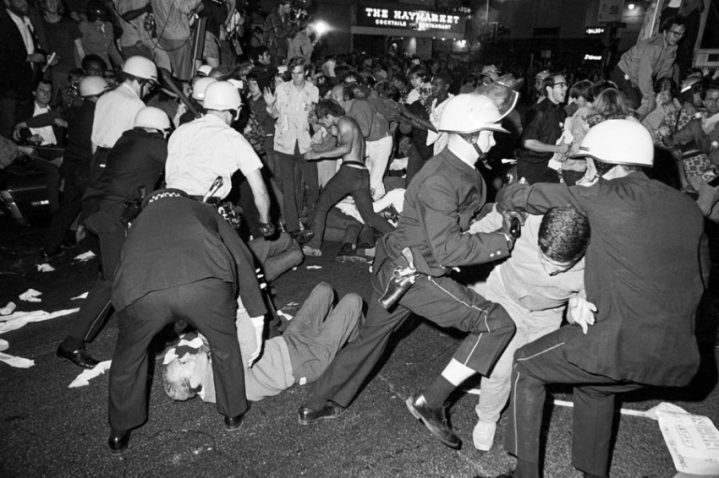





































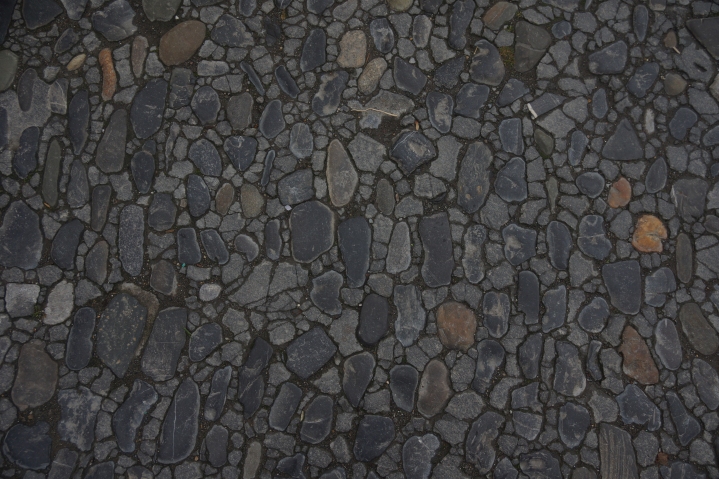





 Buddha and me
Buddha and me




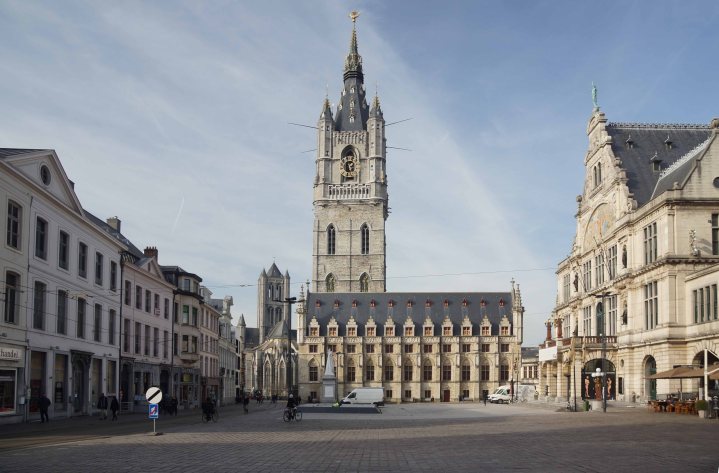


























 Bologna
Bologna













































 Rabeahe, Hori, Uday and Ira
Rabeahe, Hori, Uday and Ira























































